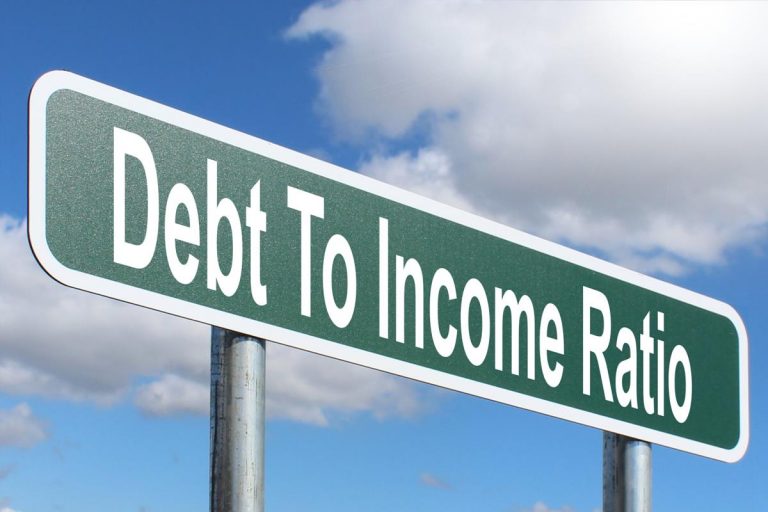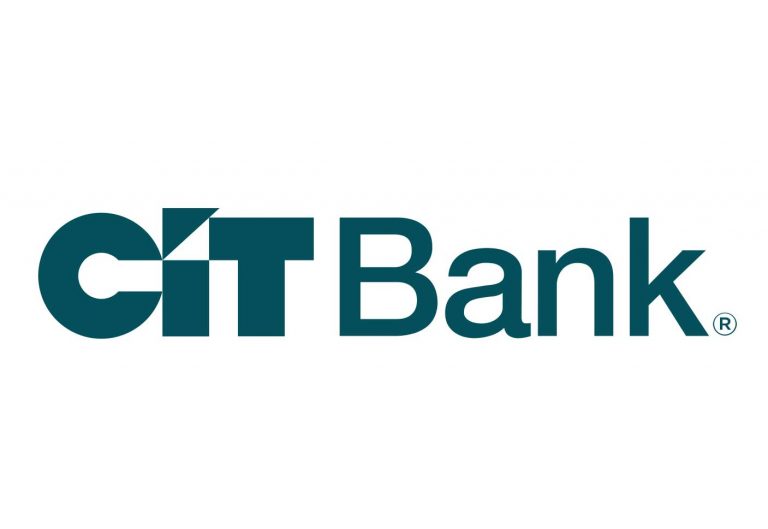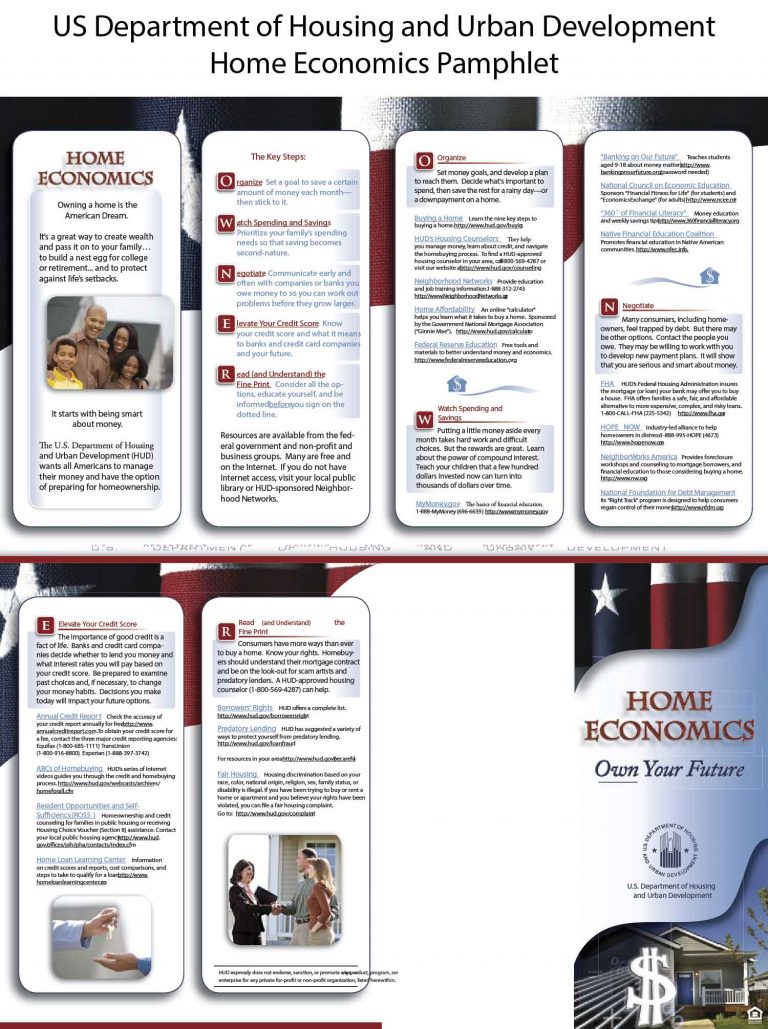What Types of Insurance Should You Have To Protect Your Family?
Article Summary
Four general types of insurance are recommended to keep you and your family protected from financial hardship, including:
- Life Insurance
- Disability Insurance
- Health Insurance
- Property Insurance
Shopping for and setting up these insurance accounts will provide you with a hedge against unexpected issues that could damage your financial stability.
Becoming financially well-off is a goal that is common to most who provide for a family. Most financial management programs, including Dave Ramsey’s Financial Peace University courses and the LDS Church’s Personal Finances Self-Reliance course, highly recommend getting insurance as a way of hedging against uncertainty. For those of us who have worked hard to ensure that we are feeding, clothing, and sheltering our loved ones, it would be devastating to lose it all or have a major setback to experience a situation wherein we lose a significant portion of our savings and overall net worth because of a loss due to a car accident, a natural disaster, an unexpected job loss, or a major sickness in the family.
Fortunately, the insurance market has made it possible to address those risks of loss in a way that allows us to pay a premium each month so that, in the event that some misfortune finds its way to us, we can be restored financially as much as possible to the standing we had before experiencing an unfortunate loss.
The problem is, life is pretty complicated. It’s hard to anticipate everything that could happen to you and to your family. Between arranging rides to soccer practice, paying the mortgage, working a full-time job, and everything else you have going on, sometimes the matter of figuring out insurance isn’t exactly a top priority. It really doesn’t have to be. As long as you understand what risks exist to your family’s financial well-being and make sure you have your bases covered by taking care of the fundamentals, you can hopefully move on to more interesting aspects of your life.
What types of insurance does the typical family need to protect itself from financial ruin?
Here are the most logical, most common ways of protecting against financial loss through insurance.
Life Insurance
Life insurance is a way to provide a financial payout to beneficiaries of the person who is insured. A life insurance policy is a contract between an insurance provider and the person who is insured. In the event that the insured person dies while the policy is in effect, the insurance company pays out a lump-sum death benefit to the beneficiaries of the person who held the life insurance policy. During the term of the life insurance policy, the person insured pays a monthly premium to keep the policy active.
Anyone who provides in a significant way for a family, especially one with younger children, should have life insurance. The exception to this would be if the parent or guardian of the children has sufficient assets available and a will and estate set up that would provide for his or her children without needing a life insurance policy.
A term life insurance policy, the most common form of life insurance, creates a contract that insures a person for a certain number of years. This type of policy is normally recommended by financial professionals instead of whole life or universal life insurance policy.
Normally, people get term life policies at a younger age, in their 20s. This is normally when they are healthiest, a situation which gives them lower rates on their policies. For young, healthy people, it is common to pay between $20-$30 per month for a standard term life insurance policy. Women typically pay lower premiums than men because they tend to live longer.
For my wife and I, we each have a 20-year term life policy that provides a $500,000 death benefit in case either of us were to pass away. Our monthly premiums are just over $20 per month. In our financial situation, we expect that by the time our policies expire in the next decade or so, most of our children will be close to adult age and able to provide for themselves, and we will have much more than the $1M value of our combined life insurance policies available to support our children should either or both of us pass away. Also, we have set up a robust will and estate plan that puts our seven children in what we consider to be the best possible position should something happen to us.
Whole life insurance or universal life insurance policies are often promoted by life insurance agents because the agents make larger commissions on them. In whole life policies, the premiums and death benefit are mixed in together with investment vehicles. Most objective financial advisors recommend against whole life policies for most people.
The largest providers of life insurance include:
- MetLife (Brighthouse Financial)
- Northwestern Mutual
- New York Life
- Prudential
- Lincoln National
- MassMutual
- John Hancock
- Transamerica
Disability Insurance
Disability insurance is similar to life insurance, except that instead of protecting against death, it protects against other forms of the insured person being unable to earn an income.
Disability insurance can cover a range of inabilities to work, including everything from total disability to paying for rehabilitation treatments that may be required for an injured person to get back to work. Disability insurance terms are typically limited to nearly the time a person is close to retirement age.
It is recommended that people get enough disability coverage to provide about 50% to 80% of their normal take-home pay so as to allow them to maintain their standard of living should they become incapable of working their normal job. Disability premium rates are typically higher for women due to the data that shows they are disabled (pregnancy and childbirth are contributing factors) more often than men. Typical disability rates for a middle-aged man working a professional career are $100 to $150 per month, whereas for a woman they are $150 to $200 per month.
The largest providers of disability insurance include:
- Cigna
- Unum
- MetLife
- The Hartford
- Lincoln Financial Group
- Prudential
- Liberty Mutual
- The Standard
- Mutual of Omaha
Health Insurance
Health insurance is easily the most complicated of these income and asset protection insurances, and it is the one that should be shopped the most, as premiums and coverage vary greatly. Also, the healthcare system in the United States has become so complicated that it is difficult for most people to understand and predict what they’re paying for and how much it is going to cost. Especially because of how impossible it is to see into your future to know what healthcare services you’ll need, you typically don’t know what
My recommendation regarding health insurance is to find a high-deductible, lower-premium policy that protects you and your family in the event that something catastrophic happens, but that isn’t emptying your pockets through high premiums that are being wasted. Essentially, this is self-insuring as far as possible. A lower-cost healthcare policy combined with plenty of emergency savings and a lifestyle (including diet, exercise, and an ongoing habit of obtaining the knowledge you need to avoid having to rush to the doctor for every sickness that might hit you or your family) in which you take good care of yourself will ultimately be the best scenario for most people.
The alternative, at the other end of the self-government spectrum, is a high-cost, government subsidized policy, a poor diet and bad health habits, along with excessive visits to the doctor to fix problems that could have been avoided had the insured been more careful and self-reliant.
Relying as much as you can on yourself instead of leaning too heavily on health insurance, while still making sure you have adequate coverage to avoid major financial loss, is a more prosperous approach to healthcare.
Some of the largest providers of health insurance include:
- UnitedHealth Group
- Anthem
- Aetna
- Cigna
- Humana
- Molina Healthcare
- Wellcare Health Plans
Property Insurance
Property insurance includes automobile insurance and house insurance. In these policies, you pay the insurance provider a premium each month in exchange for them curing any loss that you might have, up to a designated amount. The amount of the insurance coverage is usually capped by the actual value of your property.
Property insurance is required for property that is financed. In addition, for automobiles, states usually require a sufficient amount of liability coverage to ensure that in the event you cause an accident, you don’t cause financial damage to other drivers on the road.
The largest providers of automobile insurance are:
- State Farm
- GEICO
- Progressive
- Allstate
- USAA
- Liberty Mutual
- Farmers
- Nationwide
- Travelers
- American Family
The largest providers of home insurance has many of the same companies, but is slightly different:
- State Farm
- Allstate
- Liberty Mutual
- USAA
- Farmers
- Travelers
- Nationwide
- American Family
- Chubb
- Erie Insurance
Shopping for Insurance
When shopping for insurance, it’s usually a good idea to get at least two quotes, preferably three. The actuaries who create the insurance rates for the different insurance companies use different sets of data to ensure that their companies’ insurance premiums match up with what their coverage offers to customers. Although the policies are generally comparable, there are often differences that cause one to be more appropriate for your situation than another.
As you shop for insurance, you’re typically most concerned with the monthly premium you’ll pay, the amount coverage you get for that premium, and the deductible you’re expected to pay before your insurance coverage kicks in and supplements the costs you incur from a claim. For health insurance, as explained before, these costs are somewhat harder to predict, so you should expect to spend more time shopping for the right insurance provider. With the other types of insurance, finding and choosing a policy shouldn’t be nearly as difficult.
Insurance And Your Financial Plan
A significant part of ensuring that your financial plan is solid is to understand how insurance works and spending the time to put into place insurance arrangements that are cost-effective and trustworthy.
Hopefully this article has helped in making insurance decisions.







